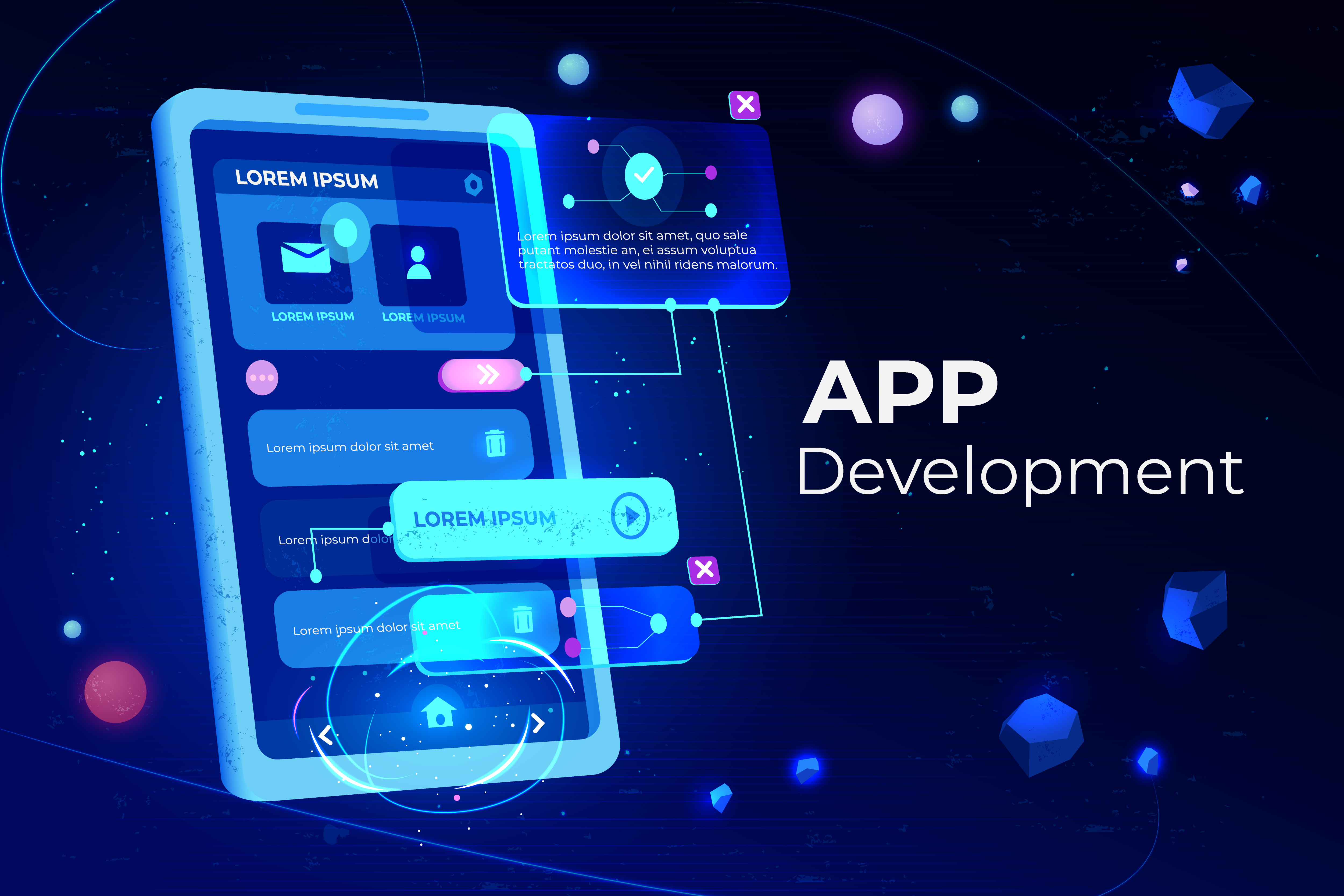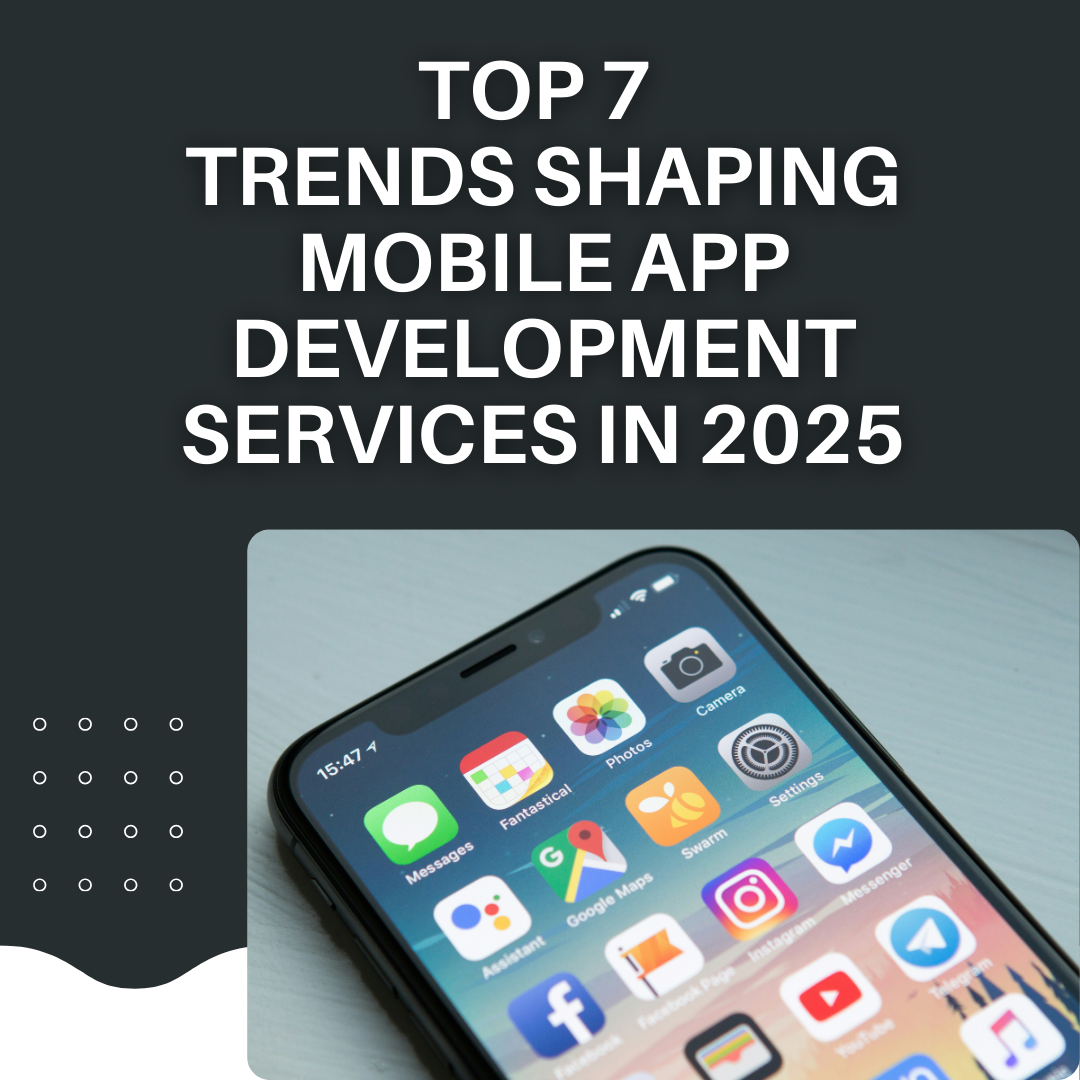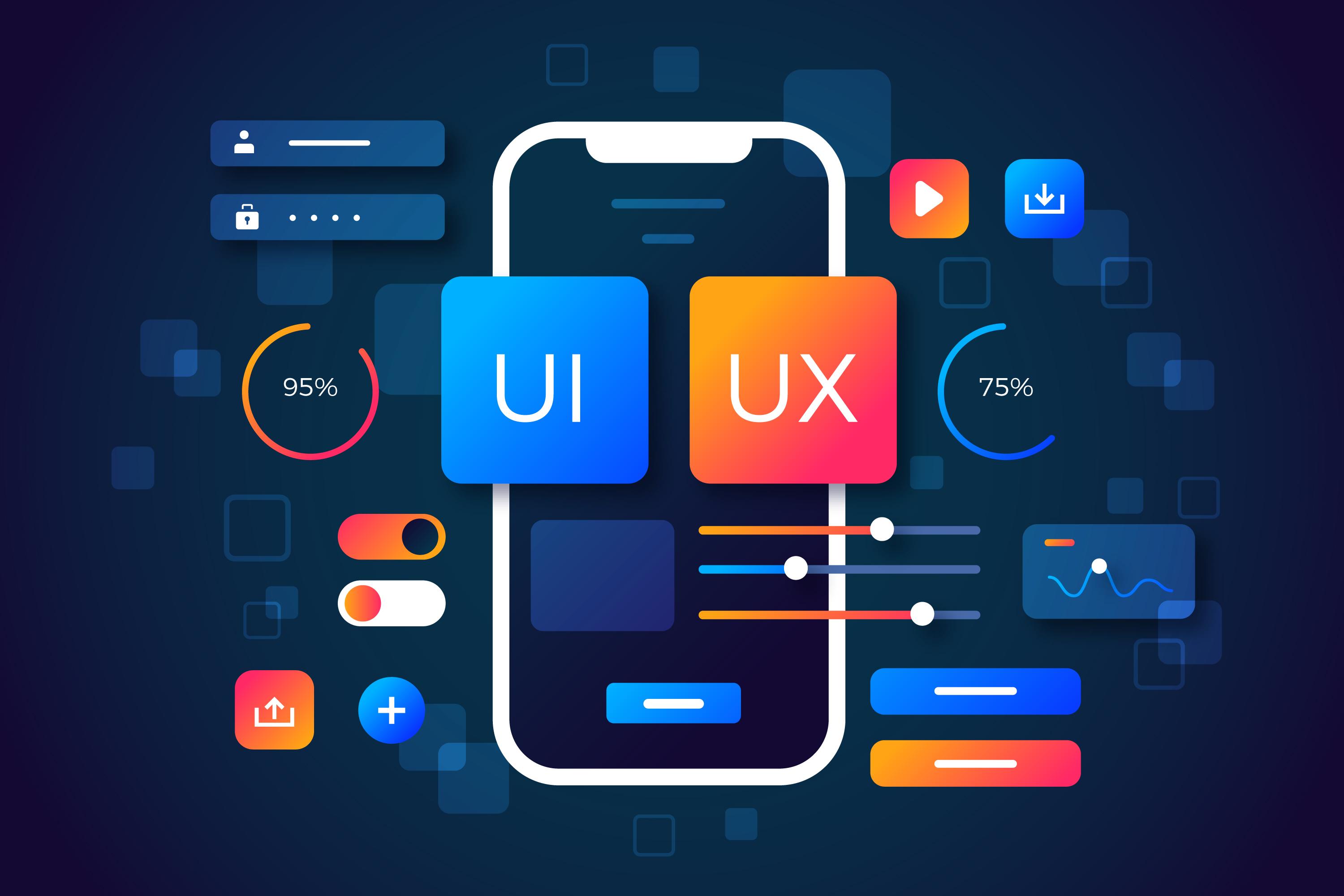Breaking Down the Numbers: Understanding App Development Costs in 2024

Strong 8k brings an ultra-HD IPTV experience to your living room and your pocket.
As businesses increasingly rely on mobile applications to engage customers and enhance services, understanding the app development cost has become essential for stakeholders. Whether you’re a startup with a groundbreaking idea or an established company looking to expand your digital presence, grasping the financial implications of app development in 2024 is crucial. In this article, we’ll break down the various components contributing to app development costs, current industry trends, and tips to manage your budget effectively.
✍️ Design plays a huge role in user retention. Learn how UI/UX design in app development shapes user experiences and impacts success rates.
1. Factors Influencing App Development Cost
Several factors significantly impact the app development cost:
a. App Complexity
The complexity of the app is a primary determinant of its cost. Apps can be broadly categorized into three types:
Simple Apps: These typically include basic functionality such as information display, user registration, and simple UI. Examples include static apps and basic e-commerce platforms. Development costs for simple apps can range from $10,000 to $50,000.
Moderately Complex Apps: Apps with more features, such as integration with APIs, user authentication, and geolocation services, fall into this category. The development costs can range from $50,000 to $150,000.
Complex Apps: These include advanced functionalities like real-time data processing, high-level security measures, or integration with IoT devices. Development costs for complex apps often exceed $150,000, sometimes reaching into the millions depending on the features and scalability.
b. Platform Choice
The choice of platform—iOS, Android, or both—also affects development costs. Developing for multiple platforms often requires a larger investment due to the need for distinct codebases or the use of cross-platform frameworks like Flutter or React Native. Typically, the cost for iOS or Android alone can range from $30,000 to $150,000, while cross-platform development might start from $50,000 and go up based on the app's complexity.
c. Design and User Experience (UX)
A well-designed app is crucial for user engagement and retention. The app development cost can significantly increase if you opt for custom designs and extensive UX research. Professional design services may add anywhere from $5,000 to $100,000 to the overall budget, depending on the complexity and uniqueness of the design.
d. Backend Development
The backend is the backbone of any app, responsible for data storage, user management, and application logic. The complexity of the backend system can vary widely, influencing overall costs. Basic backend services may start at $10,000, while sophisticated backend systems could cost $50,000 or more.
e. Maintenance and Updates
Post-launch maintenance is a critical part of app development costs. Regular updates, bug fixes, and feature enhancements require ongoing investment. Typically, maintenance costs are about 15-20% of the initial development cost per year, which means that for a $100,000 app, you should budget around $15,000 to $20,000 annually for upkeep.
2. Current Trends Impacting App Development Costs in 2024
As we move through 2024, several trends are shaping the landscape of app development, influencing costs:
a. Increased Demand for Customization
With businesses striving to offer unique user experiences, there’s a growing demand for customized applications. This trend necessitates skilled developers and designers, increasing the app development cost.
b. Integration of AI and Machine Learning
The incorporation of AI and machine learning into apps has gained momentum. While these technologies can enhance functionality, they also require specialized expertise, leading to higher development costs. Projects involving AI can range from an additional $20,000 to over $100,000, depending on the complexity of the integration.
c. Focus on Security
As data breaches and cyber threats rise, prioritizing security in app development is paramount. Implementing advanced security measures can significantly impact the overall budget, often adding 10-30% to the base development costs.
d. Rise of No-Code/Low-Code Platforms
While traditional development can be costly, the rise of no-code and low-code platforms has provided a more affordable alternative. These platforms allow businesses to create functional apps with minimal coding, significantly reducing development time and costs. However, they may limit customization options.
3. Managing Your App Development Budget
To effectively manage your app development cost, consider the following tips:
a. Define Clear Requirements
Before commencing development, ensure that you have a detailed understanding of your app’s purpose, target audience, and essential features. This clarity will help avoid scope creep, which can inflate costs.
b. Choose the Right Development Partner
Selecting the right development team is crucial. Evaluate potential partners based on their expertise, portfolio, and client reviews. While it might be tempting to opt for the cheapest option, remember that quality often correlates with cost.
c. Prioritize Features
Incorporate a phased approach to development. Launch with a minimum viable product (MVP) that includes essential features. Gather user feedback and iterate based on actual user needs rather than assumptions. This strategy can help in managing costs effectively.
d. Plan for Ongoing Expenses
Budget for ongoing maintenance and updates right from the start. This foresight ensures that your app remains functional and competitive over time without unexpected financial burdens.
Conclusion
Understanding app development costs in 2024 requires a comprehensive approach that considers various influencing factors, current industry trends, and budget management strategies. By thoroughly evaluating these elements, businesses can make informed decisions that align with their objectives and budget constraints. As mobile applications continue to shape the digital landscape, investing wisely in app development will be key to achieving long-term success.
Note: IndiBlogHub features both user-submitted and editorial content. We do not verify third-party contributions. Read our Disclaimer and Privacy Policyfor details.







